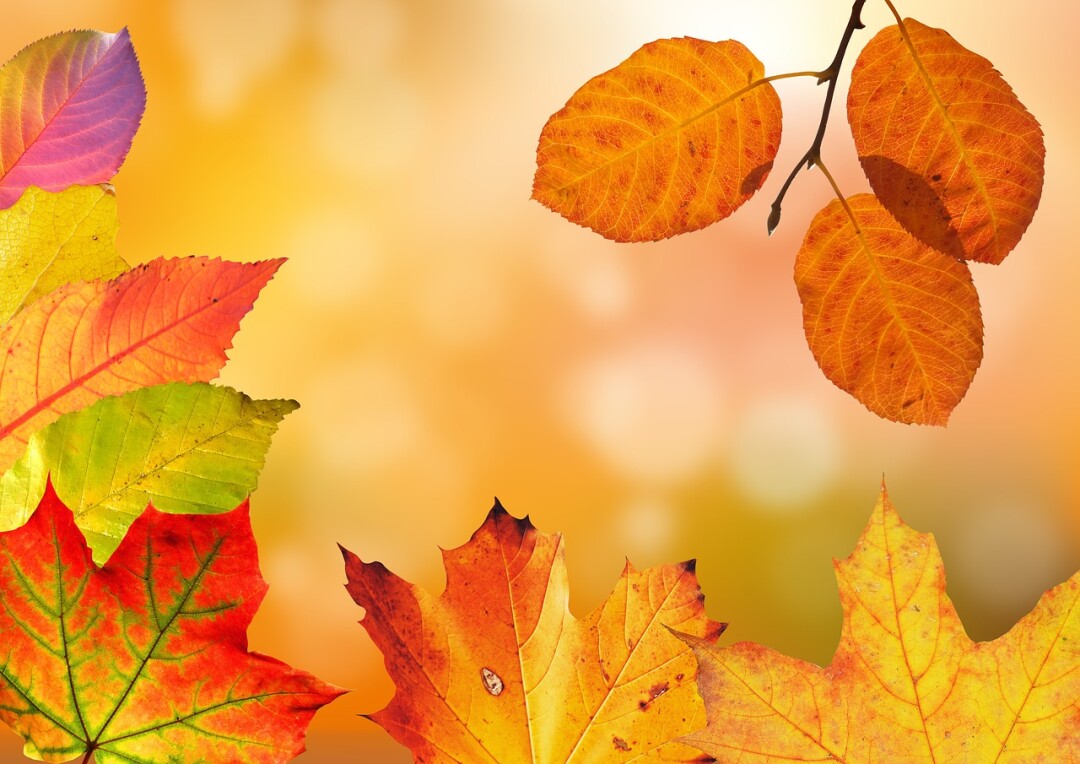5 Best Autumn Leaf Colors (Ranked)
V1 Staff |

1. GOLD
“I am come to autumn / when all the leaves are gold,” wrote British poet G.K. Chesterton. He was talking about aging, and if you have to get old – whether you’re a human being or a leaf – it’s good to be golden. According to the Wisconsin Fall Color Report (travelwisconsin.com/fall-color-report), colors will peak in the Chippewa Valley in the second and third weeks of October, so plan your gold prospecting accordingly.
2. PURPLE
Wine-dark shades of purple can add a regal contrast to the brighter colors of autumn landscapes. Purple, after all, is the color of royalty. While numerous trees and shrubs produce purple leaves in the fall (including dogwood, smoke tree, and sweetgum), you’re most likely to see these shades on ash and maple trees in Wisconsin.
3. RED
Ask a kindergartner to draw an autumn scene and chances are you’ll get red leaves (and probably an orange pumpkin). You’ll see shades of red everywhere in the fall, from sugar maples – our state tree – to oaks. Fun science fact: Autumn reds and purples are caused by pigments called anthocyanins, which are produced near the end of summer. Another class of pigments, carotenoids, cause orange and yellow shades.
4. GREEN
Yes, we know deciduous leaves are supposed to be green. Green means chlorophyl, which means photosynthesis, which means trees are busy sucking in carbon dioxide and pumping out oxygen. (Thanks, trees!) But as the hours of sunlight dwindle, and our seasonal affective disorder sets in, at least we can find some comfort in the beautiful autumn leaves. Trees that drop their leaves while they’re still green aren’t even trying to cheer us up. C’mon, guys, at least turn yellow first!
5. BROWN
Whatever their color in summer or autumn, eventually leaves are going to end up brown. We shove them in brown bags and set them on the curb, pile them in brown heaps in our compost bins, or lazily leave them on our lawns, hoping they’ll be hidden by snow. Brown may be the most boring color of all, but at least all that rotting vegetation can feed next year’s growth.






















